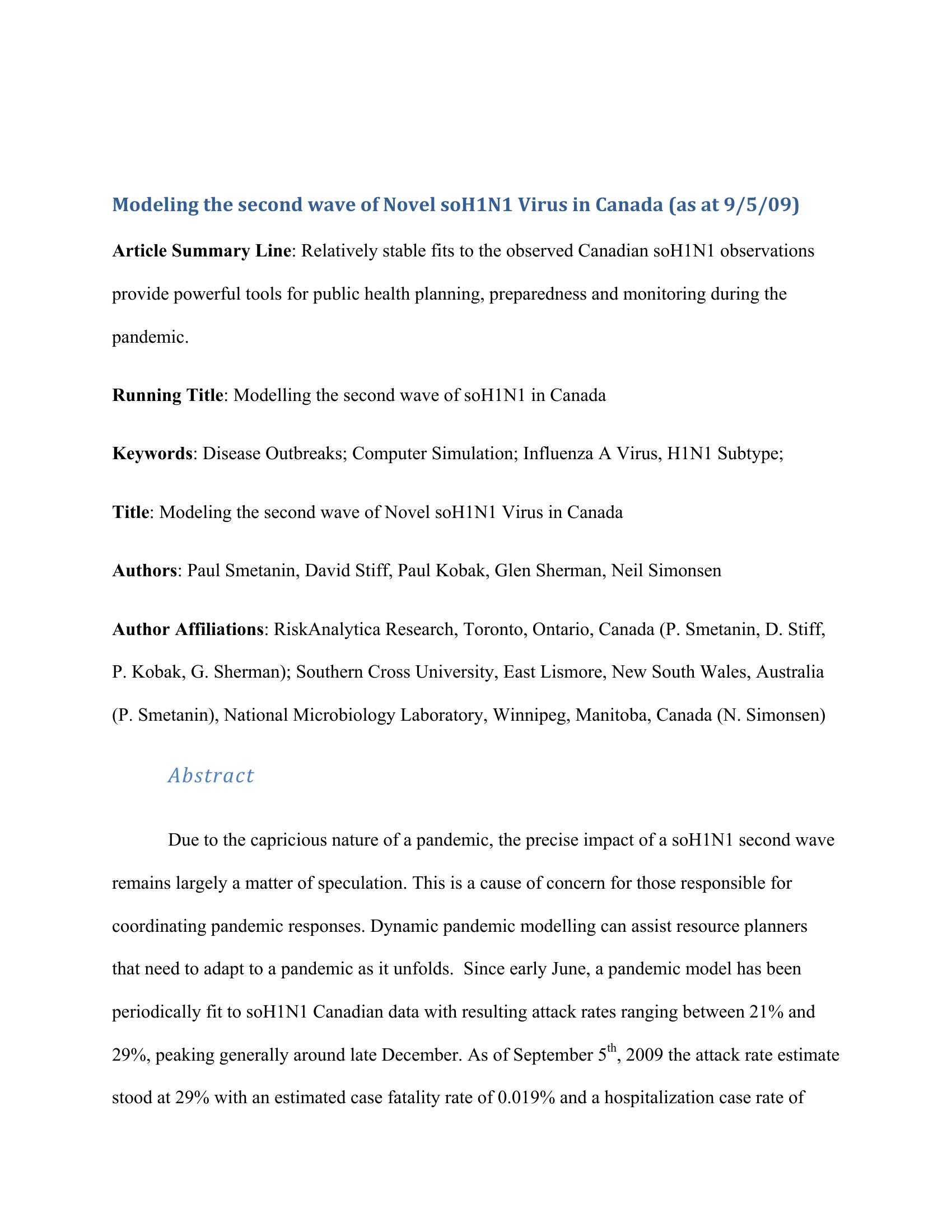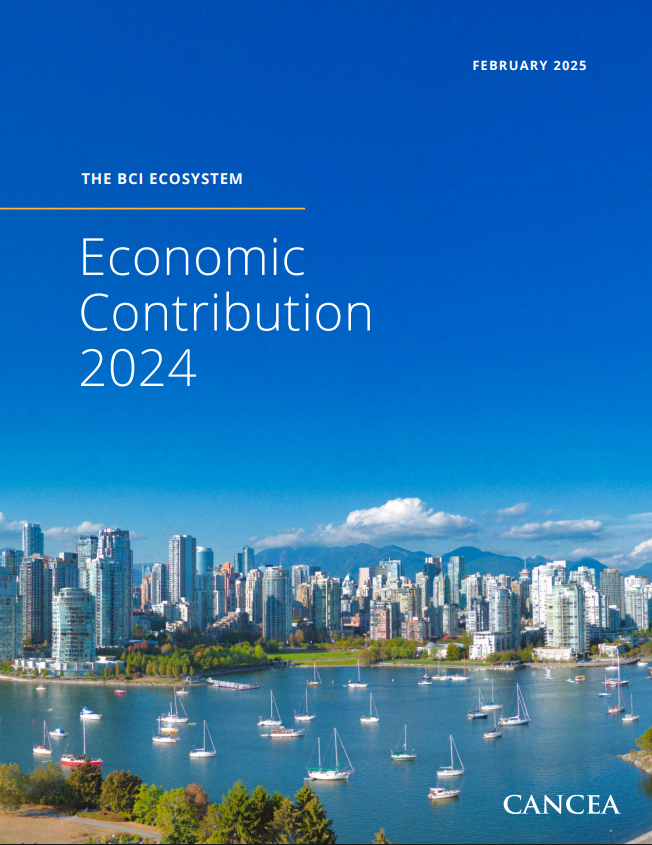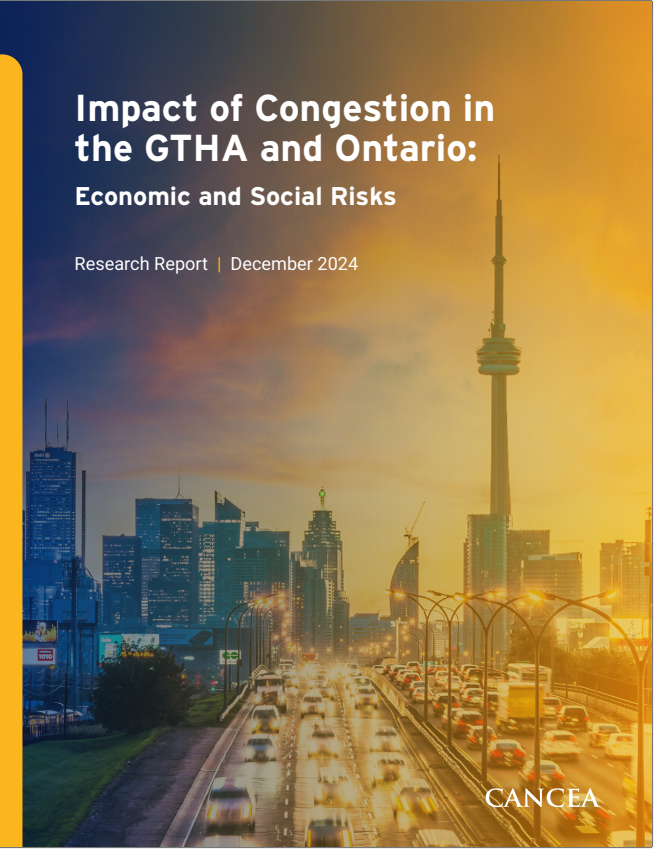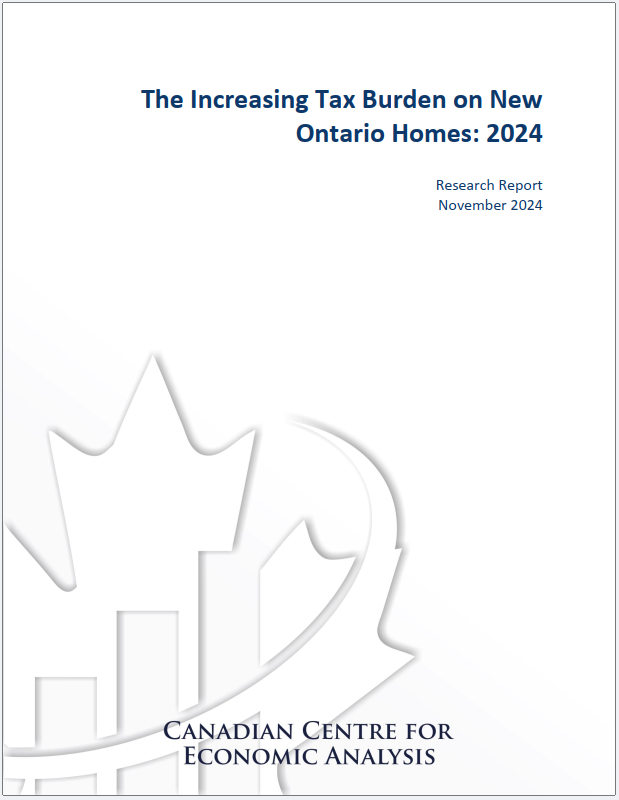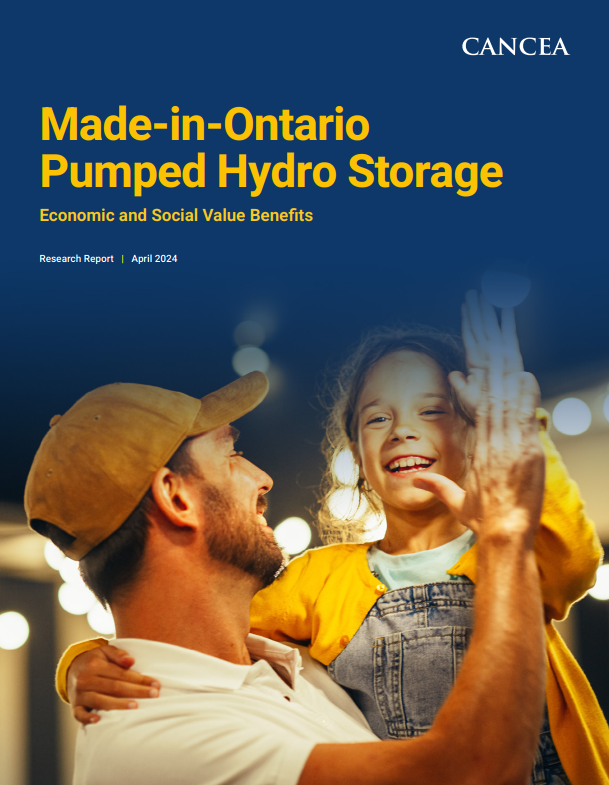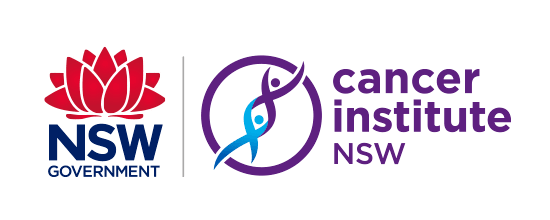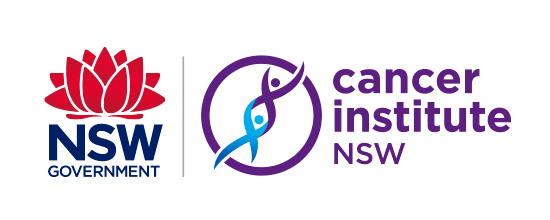Due to the capricious nature of a pandemic, the precise impact of a soH1N1 second wave remains largely a matter of speculation. This is a cause of concern for those responsible for coordinating pandemic responses. Dynamic pandemic modelling can assist resource planners that need to adapt to a pandemic as it unfolds. Since early June, a pandemic model has been periodically fit to soH1N1 Canadian data with resulting attack rates ranging between 21% and 29%, peaking generally around late December. As of September 5th, 2009 the attack rate estimate stood at 29% with an estimated case fatality rate of 0.019% and a hospitalization case rate of 0.4%. The relative stability of the current fits provides a useful resource planning tool. Changes in future fits could occur, indicating either new information or additional variables that are required to be considered, both of which also assist planners.
Method:
The basic model is an SEIR infectious disease model (5; 6 for example). It is extended to allow age groups, gender, and multiple interacting regions. Technical details are provided in an online appendix A. As the focus of the study is to model the Canadian pandemic potential, the spatial domain is decomposed into 12 Canadian regions (each province, the Yukon, and a single region for the combination of the Northwest Territories and Nunavut), a single region for the United States, and a single region for Mexico. Time-dependent contact rates are also implemented to model school closures during the summer months since, during the summer months, a reduction in contacts among school-aged children may give rise to a temporary suppression in the infection rate. (…)
Results:
A critical parameter to estimate is the initial detection rate defined as the fraction of people who are confirmed to have the virus out of all people who actually have the virus. A lower bound of the detection rate of the novel H1N1 virus would correspond to the typical
confirmation rate for a severe seasonal flu. Using data from the FluWatch website (4), this can be estimated to be approximately 1/300. For example, if one assumes a 10% seasonal flu attack rate in 2004, there would be about 3 million flu cases, but only around 10,000 positive confirmations. Due to increased public awareness and testing, it was assumed that the confirmation rates in the early stages of the pandemic outbreak were significantly better than rates for the seasonal flu so a ratio of 1 in 30 was used. This agrees with early estimates from Fraser et al. (2) and Wilson and Baker (1) for example.
Conclusion:
The pandemic fit algorithm developed currently fits the observed data extremely well. The downturn in infections and mortalities seen over the late summer was successfully accounted for by a reduction in contacts among school-aged children during the summer months.
This implies that the spread of the soH1N1 virus will accelerate once school resumes, and initial reports from regions where school has begun support this supposition. (…)
